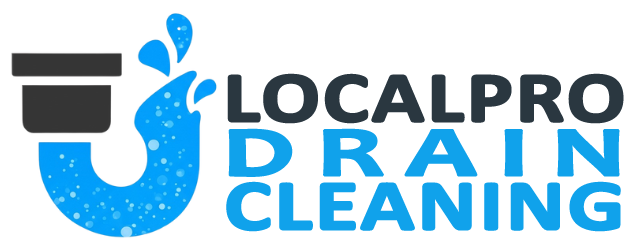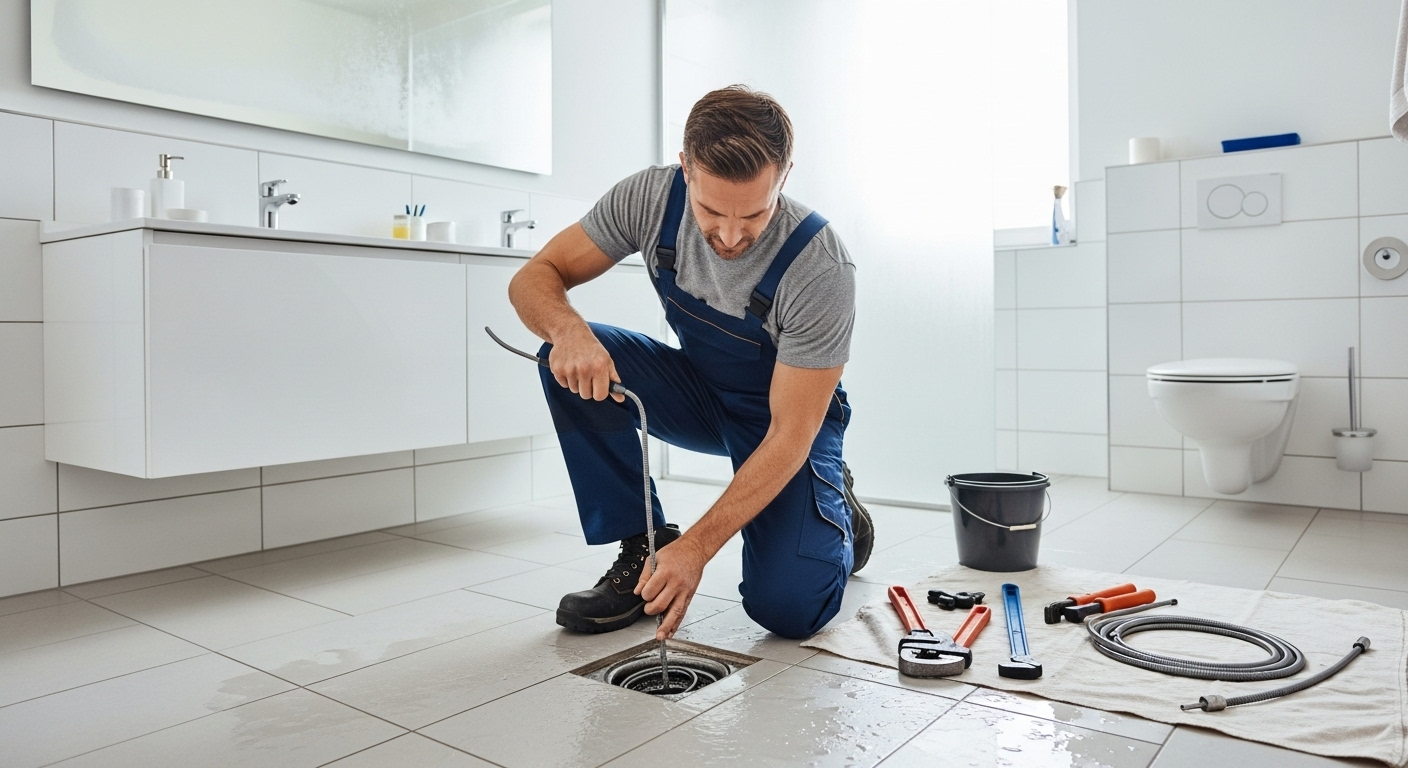The kitchen is the heart of the home and the drain is one of the hardest-working parts of it. From dishwashing to food prep, your kitchen sink handles a lot every day. Unfortunately, it’s also one of the most common places for plumbing problems to start. Grease, food scraps, soap residue, and even hard water buildup can cause clogs that slow or stop drainage altogether.
But the good news is: with a little regular care and a few smart habits, you can keep your kitchen drains flowing smoothly year-round. Here’s how.
Use a Sink Strainer to Catch Food Scraps
The first line of defense for your kitchen drain is a sink strainer or drain guard. These inexpensive mesh or metal devices sit inside your sink drain and catch food particles, preventing them from entering your plumbing system.
After every meal prep or dishwashing session, remove and empty the strainer into the trash. Rinse it well before putting it back in place. This simple habit keeps solids out of the drain and reduces the risk of clogs forming.
Avoid Pouring Grease Down the Drain
Grease is one of the biggest culprits behind clogged kitchen drains. Even though it may go down as a liquid, it solidifies as it cools inside your pipes, creating sticky residue that traps other debris. Over time, this buildup narrows your pipes and blocks water flow.
Instead of pouring grease down the sink, try these options:
- Pour hot grease into a metal can or heatproof jar. Once it solidifies, throw it in the trash.
- Wipe greasy pots and pans with a paper towel before rinsing them in the sink.
- Use a grease trap or grease container specifically designed for safe disposal.
Run Hot Water After Each Use
Hot water helps flush oils, soap scum, and tiny food particles down the pipes before they have a chance to cool and stick. After washing dishes or using the garbage disposal, run hot water for 20–30 seconds to help everything move along.
Doing this regularly is a simple but effective way to keep buildup at bay and keep your pipes clear.
Use Baking Soda and Vinegar Monthly
You don’t need harsh chemicals to clean your kitchen drain. In fact, repeated use of commercial drain cleaners can damage your pipes. A better solution? Use a natural cleaning combo like baking soda and vinegar.
Here’s how:
- Pour 1/2 cup of baking soda down the drain.
- Follow with 1 cup of white vinegar.
- Let it fizz and sit for 10–15 minutes.
- Flush with hot water.
This foaming reaction helps dissolve grease, remove odors, and break down organic material. Repeat once a month for ongoing maintenance.
Be Smart with Your Garbage Disposal
If your sink has a garbage disposal, it’s important to know what it can and can’t handle. While disposals are great for grinding up small food particles, they’re not built for everything.
Do NOT put the following in your garbage disposal:
- Coffee grounds
- Eggshells
- Fibrous vegetables (like celery or corn husks)
- Pasta and rice (they expand with water)
- Bones or fruit pits
- Grease or oil
To maintain your disposal:
- Always run cold water when using it.
- Keep it running a few seconds after the food is gone to fully flush the line.
- Clean it monthly with ice cubes and lemon peels to sharpen blades and reduce odors.
Avoid Using the Sink as a Trash Can
It may be tempting to rinse everything down the sink after cooking or cleaning, but not everything belongs in your plumbing. Starchy foods, stringy vegetables, and fatty leftovers can accumulate quickly.
Always scrape plates and pans into the trash or compost before rinsing. The less food that enters your drain, the smoother it will flow.
Install a Water Softener (If You Have Hard Water)
Hard water contains minerals like calcium and magnesium, which can form deposits inside your pipes over time. These mineral deposits, also called scale, reduce the diameter of your pipes and make them more prone to blockages.
If you live in an area with hard water, installing a water softener can:
- Protect your plumbing and appliances
- Improve soap and detergent performance
- Reduce the likelihood of clogs
While it’s a larger investment, it pays off in long-term plumbing health and efficiency.
Clean the Drain Stopper and Surrounding Area
The drain itself isn’t the only part that collects gunk. Over time, slimy residue can build up around the drain flange, especially where the sink meets the stopper.
Regularly clean the drain cover, stopper, and surrounding area with a scrub brush or an old toothbrush using hot soapy water or vinegar. This not only improves flow but also eliminates odors and keeps your sink looking fresh.
Watch for Early Signs of a Clog
Many people don’t notice a drain issue until water is backing up but the warning signs often come earlier. Being proactive when you notice the signs can save you from a full-blown plumbing emergency.
Watch for:
- Gurgling or bubbling noises when water drains
- Water draining slower than usual
- Foul or musty odors from the sink
- The need to plunge the drain frequently
If you notice any of these signs, it’s time to act either with a DIY cleaning or by calling a professional.
Schedule Professional Drain Cleaning Every 1–2 Years
Even with excellent habits, grease and debris can slowly accumulate over time in places you can’t reach. That’s why it’s a good idea to have your kitchen drains professionally cleaned every 1–2 years.
Plumbers use tools like:
- Drain snakes or augers to break up and remove deep clogs
- Hydro jetting to blast away built-up grease and sludge using high-pressure water
- Camera inspections to locate problem areas and diagnose long-term issues
This preventive service helps extend the life of your plumbing system and ensures your drains stay trouble-free.
Your kitchen drain works hard every day, and a little routine care can go a long way in keeping it flowing smoothly. By installing a drain screen, avoiding grease, using natural cleaners, and being mindful of what goes down your sink, you can prevent most clogs before they start.
Remember, prevention is easier (and cheaper) than emergency repairs. Treat your kitchen drain right, and it will reward you with years of reliable performance – no plunging required.

